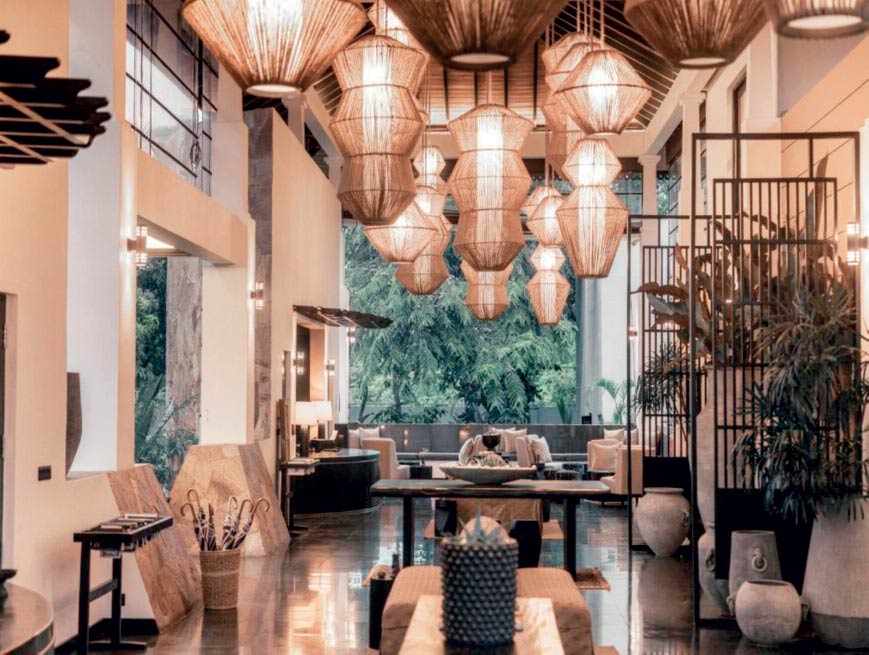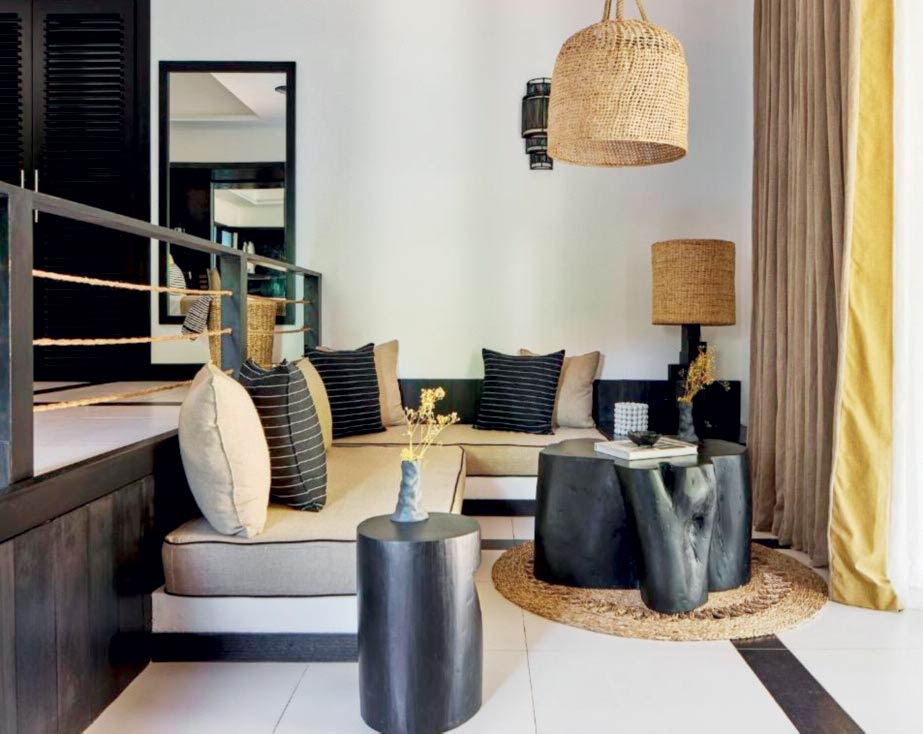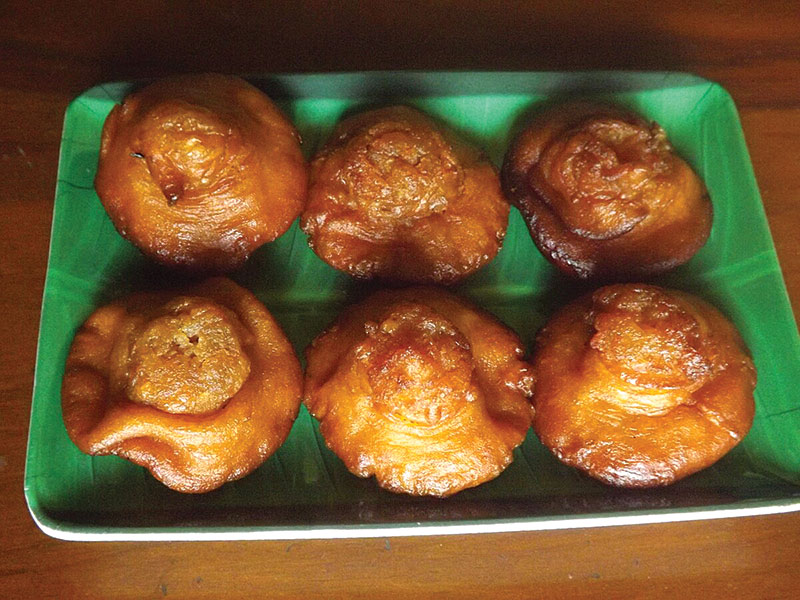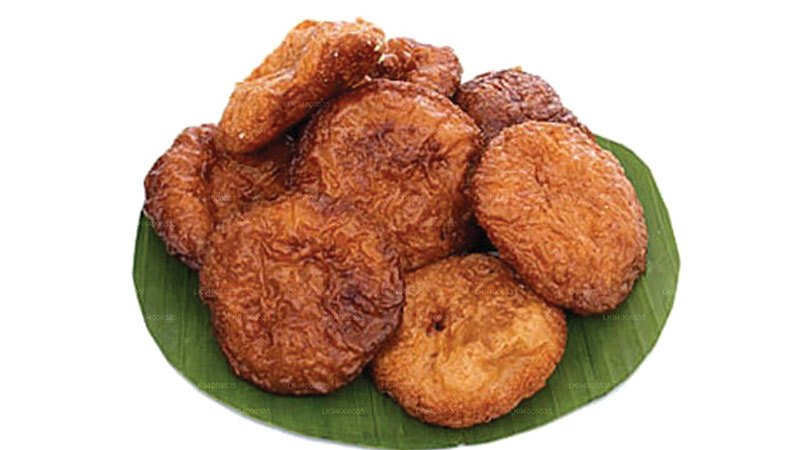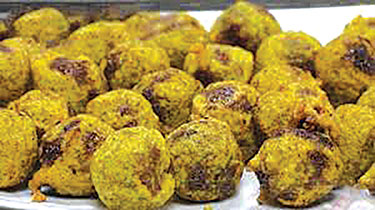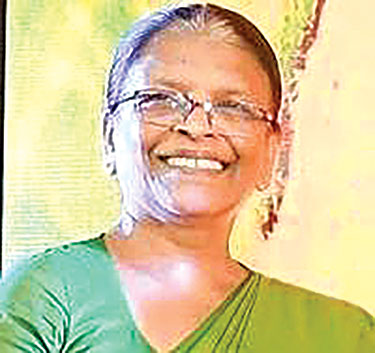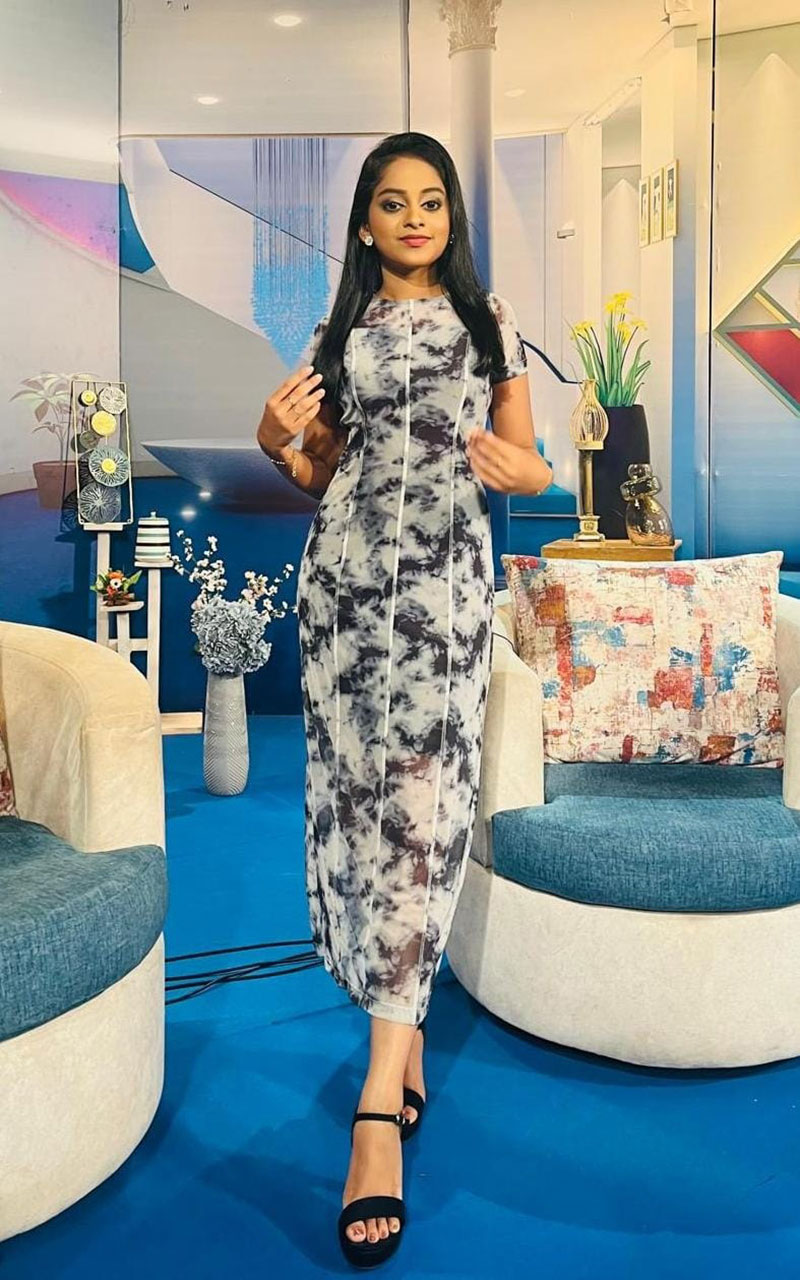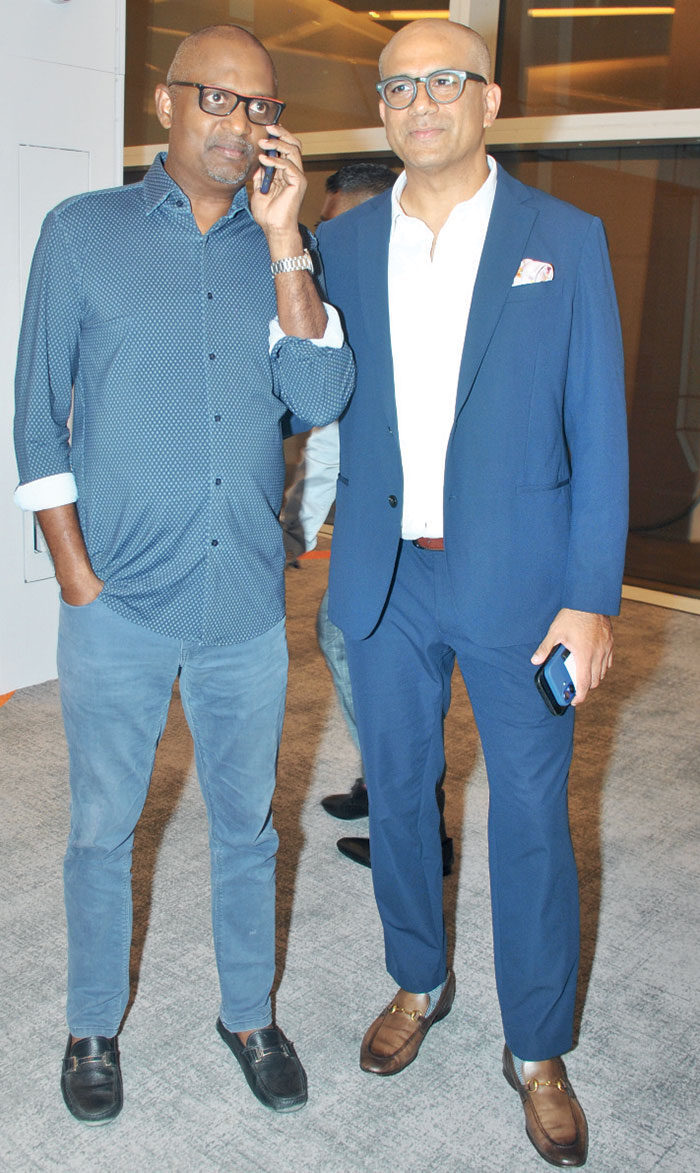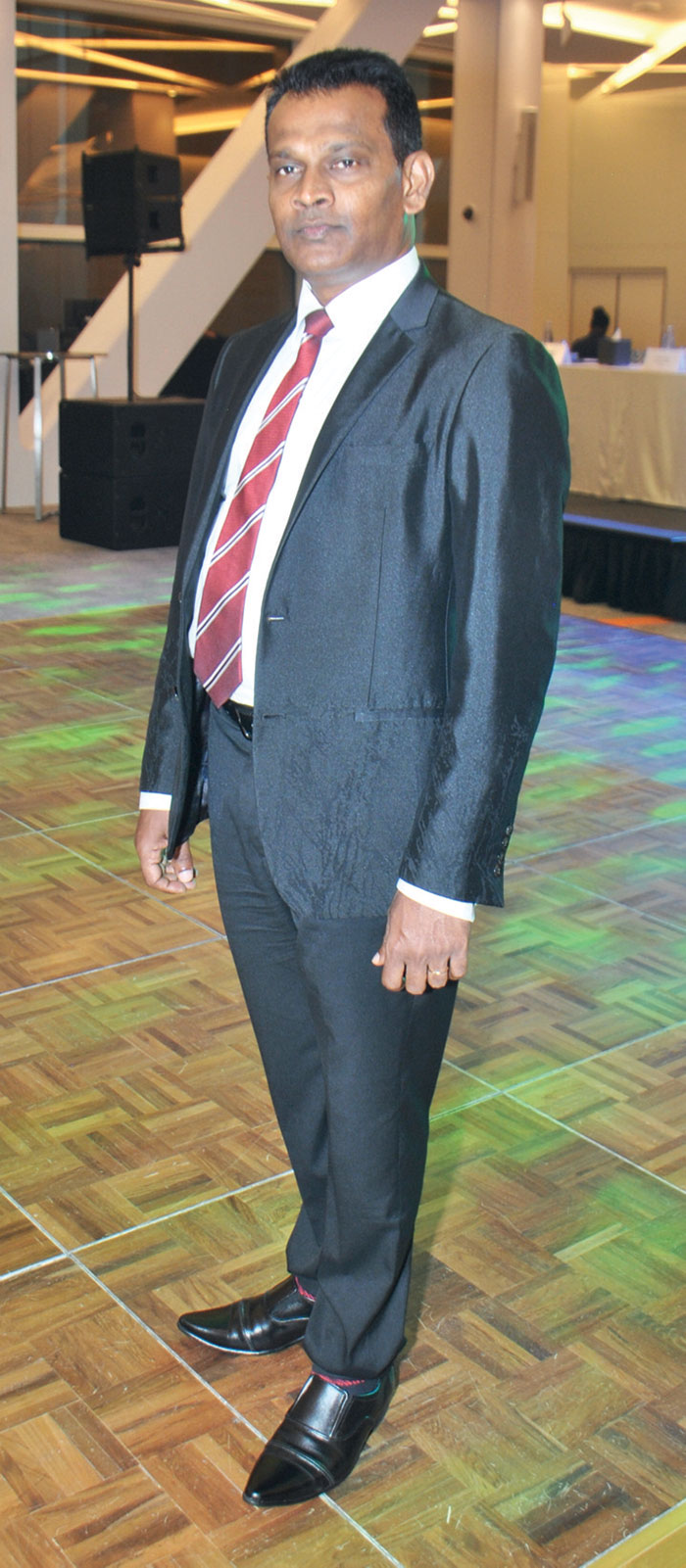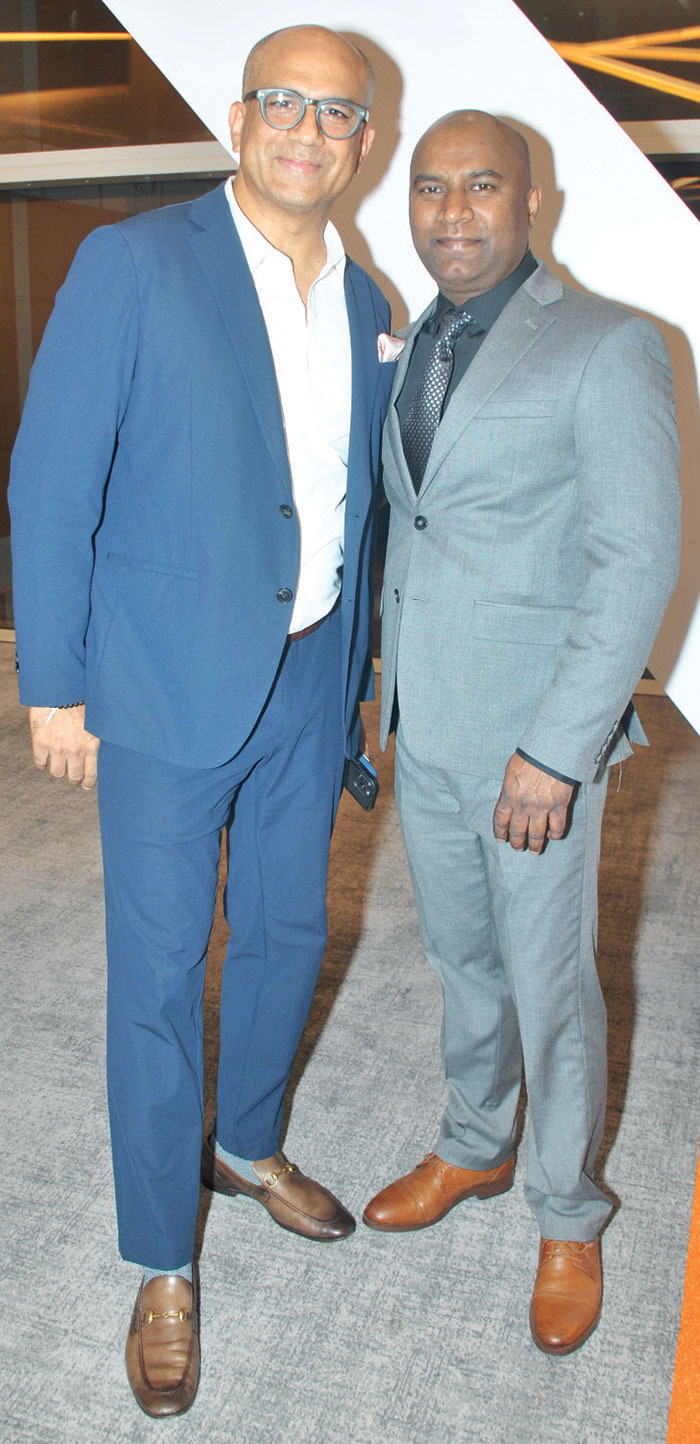Life style
Beacon of luxury in hospitality

In an exclusive interview with Arshed Refai, General Manager of Sun Siyam Pasikudah resort, he unfolded his remarkable career trajectory with insights into his leadership and innovative strategies. His visionary leadership has brought a fresh perspective to the property and has aimed to foster a sense of belonging and warmth for guests making them feel at home.
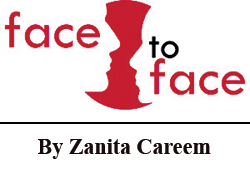 Could you take us through your journey in becoming a successful hotelier ?
Could you take us through your journey in becoming a successful hotelier ?
My journey to becoming General Manager of this luxurious boutique hotel in Pasikudah was far from conventional. I began my career as an IT executive and network specialist, armed with a passion for technology and problem-solving. However, my true calling lay in the realm of hospitality, a passion I nurtured through years of interacting with guests and ensuring their satisfaction.
My technical background proved invaluable in streamlining operations and enhancing the guest experience. I implemented innovative solutions to improve efficiency and create seamless interactions for our valued guests. This dedication to service excellence didn’t go unnoticed by management, leading to my promotion to Operations Manager.
In this role, I spearheaded a comprehensive renovation of the property, transforming it into the luxurious haven it is today. I meticulously oversaw every aspect of the project, from architectural design to interior decor, ensuring that every detail reflected our commitment to providing an unforgettable experience.
Throughout my career, I’ve always believed that true hospitality lies in the heart of every interaction. I’m not afraid to roll up my sleeves and get involved, whether it’s personally welcoming guests or resolving any issues that may arise. This hands-on approach has fostered a strong connection with our guests, allowing me to anticipate their needs and exceed their expectations.
My journey from IT executive to General Manager has been a testament to the power of passion, hard work, and a genuine desire to serve others.
When was Sun Siyam Resort created and what are its assets?
Sun Siyam Resorts was founded in 1990 by Ahmed Siyam Mohamed. It has grown into a successful hospitality group with several luxury resorts in the Maldives and Sri Lanka. The group’s assets include:
Multiple luxury resorts: Sun Siyam Resorts owns and manages five private island resorts in the Maldives and one boutique beach retreat in Sri Lanka.
Diverse accommodations: The resorts offer a variety of accommodation options, including villas, suites, and overwater bungalows, catering to different budgets and preferences.
World-class amenities: The resorts feature a range of amenities such as swimming pools, spas, fitness centers, water sports facilities, and fine dining restaurants.
Sustainable practices: Sun Siyam Resorts is committed to sustainable tourism and has implemented various eco-friendly initiatives to minimize its environmental impact.
Strong brand reputation: The group has a strong reputation for providing exceptional service and luxurious experiences to its guests.
Overall, Sun Siyam Resorts has established itself as a leading player in the luxury hospitality industry, offering unique and unforgettable experiences to its guests.
What do you see as the key challenges and opportunities facing the sector?
Challenges
Seasonal Tourism: The region’s tourism is highly seasonal, with peak periods concentrated during specific months. This can lead to fluctuations in revenue and occupancy rates.
Infrastructure Limitations: Limited infrastructure, such as roads and public transportation, can hinder accessibility and development.
Political and Economic Instability: Political and economic uncertainties can deter potential tourists and impact the overall business environment.
Competition from other destinations: The region competes with other popular destinations in Sri Lanka and internationally, requiring continuous innovation to stay ahead.
Environmental concerns: Coastal erosion, marine pollution, and climate change pose risks to the region’s natural beauty and ecological balance.
Opportunities
Growing Popularity of Sri Lanka: Sri Lanka is increasingly recognized as a premier tourist destination, benefiting from its rich cultural heritage, stunning landscapes, and warm hospitality.
Unique selling proposition: Pasikudah’s pristine beaches, crystal-clear waters, and serene atmosphere offer a unique selling proposition.
Wellness tourism: The region’s natural beauty and tranquil environment make it ideal for wellness retreats and spa tourism.
Sustainable tourism: By adopting sustainable practices, the region can attract eco-conscious travellers and contribute to environmental conservation.
Diversification of offerings: Expanding beyond traditional beach tourism, the region can explore opportunities in adventure tourism, cultural experiences, and culinary tourism.
Government Support: Government initiatives to promote tourism, such as visa facilitation and infrastructure development, can boost the sector.
How does this resort differ from others in the area?and what unique experiences do you offer to your guests?
Sun Siyam Pasikudah offers a range of unique experiences that immerse guests in the rich culture and natural beauty of Sri Lanka:
Cultural Immersion:
Local Market Tour: Experience the vibrant colours and flavors of a local market, guided by a knowledgeable local.
Traditional cooking class: Learn to prepare authentic Sri Lankan dishes under the guidance of our skilled chefs.
Cultural performances: Enjoy traditional dance and music performances that showcase the island’s cultural heritage.
Adventure and Exploration:
Snorkeling and diving: Discover the underwater world’s vibrant coral reefs and marine life.
Water Sports: Engage in exciting water sports like kayaking, paddleboarding, and windsurfing.
Nature walks and bird watching: Explore the surrounding natural beauty and spot diverse bird species.
Wellness and Relaxation:
Ayurvedic Spa treatments: Indulge in rejuvenating Ayurvedic treatments that promote holistic well-being.
Yoga and Meditation: Practice yoga and meditation in serene settings to find inner peace.
Private Wellness Retreats: Tailor-made wellness programs designed to meet individual needs.
Culinary Delights:
Signature Sri Lankan Cuisine: Savour authentic Sri Lankan flavors, including the renowned lentil dal.
Private Dining Experiences: Enjoy romantic dinners under the stars or private beach picnics.
Wine tasting and gourmet dinners: Pair exquisite wines with gourmet dishes for an unforgettable culinary experience.
What is the hotel’s CSR policy?
Sun Siyam Pasikudah is committed to sustainable tourism and has implemented several initiatives under its Sun Siyam Cares program:
Environmental Sustainability:
Carbon footprint reduction: The resort focuses on reducing energy and water consumption, as well as waste generation.
Waste management: Effective waste management practices, including recycling and composting, are implemented to minimize environmental impact. Sustainable Procurement: The resort sources locally and sustainably whenever possible, supporting local communities and reducing its carbon footprint.
Social Responsibility:
Community development: Sun Siyam Pasikudah supports local communities through various initiatives, such as educational programs, healthcare projects, and job creation.
Employee welfare: The resort prioritizes employee well-being and offers training and development opportunities to enhance their skills.
Fair labor practices: The resort adheres to fair labor practices and ensures fair wages and safe working conditions for all employees.
Cultural Preservation:
Preserving local heritage: The resort promotes and preserves local culture and traditions through cultural performances, workshops, and partnerships with local artisans.
By embracing these sustainable practices, Sun Siyam Pasikudah aims to minimize its environmental impact, empower local communities, and provide a positive contribution to the region.
What skills or strengths have you gained in your position as Gm
As General Manager, I’ve honed leadership, operational, and guest experience skills. The renovation project further developed my project management, design, and sustainability expertise. I’m adept at strategic thinking, team building, financial management, and problem-solving. I’m passionate about creating exceptional guest experiences and driving business growth.
Can you share some special features of your gastronomic offerings?
Our culinary journey at Sun Siyam Pasikudah is a celebration of Sri Lankan flavors. We pride ourselves on sourcing the purest spices, often directly from local villages and markets. Our signature dish, the Kalkudah crab curry, is a testament to the region’s rich culinary heritage.
For an unforgettable dining experience, pair your meal with a carefully selected wine from our extensive cellar. Our sommeliers are skilled at pairing wines with our diverse menu, enhancing the flavor profile of each dish.
To truly immerse yourself in Sri Lankan culture, join us for a cooking class in a local village home. Learn the secrets of traditional cooking techniques from our talented chefs, and savor the delicious results of your culinary endeavors.
What future innovation or plans does have in store to further elevate the experience for guests seeking a touch of royalty during their stay?
Sun Siyam Pasikudah is committed to creating unique and authentic experiences that celebrate the rich culture and natural beauty of Sri Lanka. We will continue to focus on personalized wellness offerings, sustainable practices, and innovative culinary experiences. By immersing our guests in the local culture, we aim to create unforgettable memories that set us apart from other resorts.
How does the hotel intergrate local culture into its decor, its service offerings and how has your personal understanding of cultural naunces influenced this intergration?
Our architecture and interior design draw inspiration from traditional Sri Lankan motifs, creating a harmonious blend of modern luxury and local heritage. Locally sourced artwork and handicrafts adorn our spaces, supporting local artisans and adding a touch of authenticity.
To further support local artisans, we have curated “The Edit,” a boutique showcasing a range of handcrafted products, from intricate jewellry to beautiful textiles. By offering these unique experiences and supporting local businesses, we aim to create a positive impact on the community and promote sustainable tourism.
Beyond our physical spaces and culinary offerings, we strive to provide authentic cultural experiences. Our staff, many of whom are local, share their knowledge and passion for Sri Lankan culture with our guests. We organize cultural performances, traditional dance shows, and visits to local villages, offering a glimpse into the vibrant and diverse culture of Sri Lanka.
We also collaborate with local villagers to offer unique experiences, such as morning fishing boat trips followed by a traditional Sri Lankan breakfast in a local home. These excursions provide our guests with an authentic glimpse into local life, while also generating income for the community.
Growing up in a culturally diverse environment, with a temple, mosque, church, and kovil within 500 meters of each other, I have a deep understanding of diversity and inclusion. This has shaped my approach to hospitality, allowing me to create a welcoming and inclusive environment for all our guests. By celebrating the rich tapestry of Sri Lankan culture, we aim to foster a sense of belonging and create unforgettable memories for every visitor.
The hospitality industry is dynamic, with ever evolving trends, How does Sun Siyam Resort stay ahead by adopting to industry trends, and how do you personally approach staying current in the industry?
Sun Siyam Pasikudah stays ahead by embracing sustainable practices, offering personalized experiences, focusing on wellness, and providing immersive cultural experiences. I stay updated through industry conferences, online forums, and networking, ensuring we adapt to the ever-evolving hospitality landscape.
Your thoughts on digital strategies in today’s market?
Digital strategies are crucial for modern hospitality. We prioritize a strong online presence, personalized experiences, and e-commerce integration. By leveraging data, AI, and social media, we aim to stay ahead in the dynamic industry.
Life style
Kevum – Befitting a King
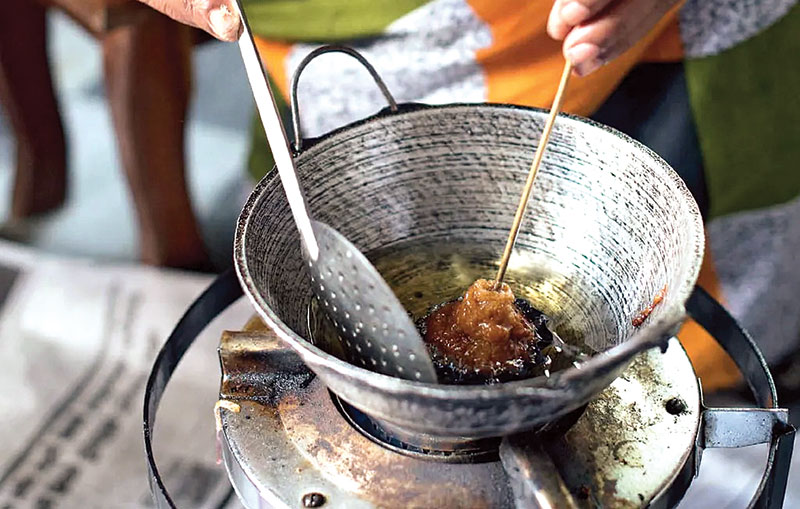
The avurudu table of any Lankan home is complete only when it is laden with kevum. Dating back to ancient times, many types of kevum are chronicled even in our classical texts. The Dutch rulers of the island are said to have relished them, some even asking if they grew on trees… A delicacy which was offered to visiting dignitaries, kevum was revered by our kings even in the battle field not only as an energy-booster but also as a wound disinfectant.
BY RANDIMA ATTYGALLE
The culmination of Avurudu preparations in my childhood with my grandparents was marked by the ritual of Kevum-making. Athamma would ‘book in advance’ the kevum specialist Soida Hami (Soida aachchi to us children), and install a special hearth in her back verendah for the grand moment. I would watch Soida aachchi in wonderment as her thick batter of rice flour and best of kithul treacle shaping into kevums in a hot wok of coconut oil. The long kevum koora in her nimble fingers would achieve the feat of the perfect konde. It was almost a rite of reverence, so much so I was not supposed to talk to her until the first batch of Konda-kevums was completed. Like many old-folk of her vintage, Soida aachchi believed that talking while the first few kevums are done would result in a flawed product.
She would then place each perfect Konda kevuma on a banana leaf for the excess oil to drain. Once the whole exercise was completed, she would place Konda-kevum in large earthen pots and store them in the dum messa or the storage area above the main hearth of the kitchen. She would spare me only one kevuma and the rest had to wait until the auspicious time on avurudu day!
Travellers’ records
Robert Knox an English sailor who was held in captive in the court of the Kandyan King Rajasinghe II and one of the prolific chroniclers of ancient Ceylon in his famous work, An Historical relation of the Island Ceylon documents on the sweet meats of Lankans with a special account of kevum.
‘They have several sorts of sweet-meats. One they call Caown. It is like to a fritter made of Rice-flower and Jaggory. They make them up in little lumps and lay them upon a leaf, and then press them with their thumbs and put them into a frying-pan and fry them in Coker-nut Oyl or Butter. When the Dutch came first to Columba, the King ordered these Caown to be made and sent to them as a royal treat. And they say, the Dutch did so admire them, that they asked if they grew not upon trees, supposing it past the Art of man to make such dainties.’ (Spelling as in the original Knox)
The account of Knox enables rich insights into this wonder of a sweet meat which enthralled many a traveller to the island including dignitaries. The European trader Cosmas who visited Ceylon in 545-550 AD, documents that along with gems, Kevum and Kalu dodol from Ceylon were taken to the Roman court of Emperor Claudius during the sixth century.
- Mun kevum
- Konda kevum
- Athirasa
Classical literature
Kevum dates back to ancient times and our classical texts such as the Ummagga jatakaya, Pujawaliya and Saddharma Ratanawaliya bear evidence to this fact. “Originally known as poopa this sweet meat came to be known as kevum in the Dambadeniya-Kurunegala era. Jathaka atuwa getapadaya mentions 18 kinds of sweet-meats found in the ancient Sri Lanka and among them are several types of kevum such as sendi kevum, mal kevum, athirasa, pena kevum, raa-kevum,” says Prof. Kusumalatha Lankamulla from the Department of Sinhala and Mass Communication at the University of Sri Jayewardenepura.
This scholar with research interest in Culture, Traditional and Modern Literature goes onto note that Mahawamsa in its 32nd chapter refers to two types of kevum in the context of alms offered by King Dutugemunu. The two types- thel kevum and maha de kuvum mentioned, were fried in ghee. “Many of our classical texts mention kevum in multiple festive contexts beyond avurudu. In Ummagga jathakaya, kevum is mentioned as a fitting gift to be taken when visiting parents. Saddharma Ratanawaliya refers to boxes of kevum or kevum pesa.“
An energy booster
Among the popular kevum types found today are Konda kevum, athirasa, mun-kevum, naran kevum and hendi-kevum. Although the ingredients used for each type may slightly differ, rice flour and treacle (now largely replaced with sugar) remain common to all. The much sought after Konda kevum which is relatively a later addition to the range of kevum found here at home is believed to have originated during the Kandyan period says Prof. Lankamulla. “During the Kandyan period, men were prohibited from cutting their hair off and they had to tie it in form of a knot on top of their heads. Konda kevuma is believed to have been inspired by this practice.”
Traditionally, Sinhalese soldiers were given a bag of kevum when going to war. History has it that King Dutugemunu went a step ahead and used kevum to treat wounded soldiers. His army used to prepare kevum months in advance and keep them exposed to air so that the mould can grow on them.
This mould in today’s language had ‘antibiotic properties’ and was used on the wounds of the soldiers to prevent them from festering. “In a bid to undermine the pride of place given to kevum as a super food by the locals, the British coined the famous derogatory adage: ‘Sinhalaya is a fool but is an ace at eating kevum’. (Sinhalaya modaya-kevum kanna yodaya)
Steeped in tradition
Superstitious beliefs surrounding the process of kevum-making are not uncommon and these vary from region to region in the island, says Prof. Lankamulla. Regardless of the region, several common traditions were followed by our ancestors and these still continue to be observed in several parts of the country, she says. “The frying pan with coconut oil to prepare the kevum was kept on fire at an auspicious time and village matriarchs who were highly skilled were mobilized for the occasion. Women also believed that they must refrain from talking when the first kevum is being made. For centuries, the first kevum was considered to be the ‘konduru kevum’, dedicated to the sledge-fly or the konduruwa. The village women would hang the first kevum up for the insects so that the rest would be unspoilt.”
With the passage of time, many Lankans, particularly city-dwellers depend on commercially available avurudu kevili including kevum. Although kevum is synonymous with avurudu, today people get to enjoy it round the year thanks to many sweet meat kiosks found in cities. Although these outlets have best sales during avurudu, they get plenty of orders from Lankans travelling abroad or coming home for vacation at other times of the year as well.
One such die-hard kevum fan is Uthpala Ranatunga from Ottawa, Canada. “My Loku amma (oldest aunt) makes it a point to pack me a parcel of best quality Konda kevum to take with me whenever I’m in Sri Lanka for a vacation.
I deep-freeze them for longer use and eat them sparingly,” says Uthpala to whom kevum is always a strong reminder of home. “Each time I indulge in them I feel nostalgic and miss home.”
Kevum is an integral part of the Lankan culture, finding its way from ancient classical literature to that of the contemporary including children’s literature and arts. The much-loved sweet meat is celebrated in the work of Sybil Wettasinghe – the iconic story teller and illustrator.
Come avurudu, we often hear the intonation of Lionel Ranwala, the eminent musician, vocalist and an authority on Sri Lankan folk music, whose tribute to the enduring legacy of this delicacy is one of the best in our times:
Me avurudu kale -sinaha weyan rale
Thel ihirunu kewum gediya wage…
Fashion
Festive glamour at Nethara
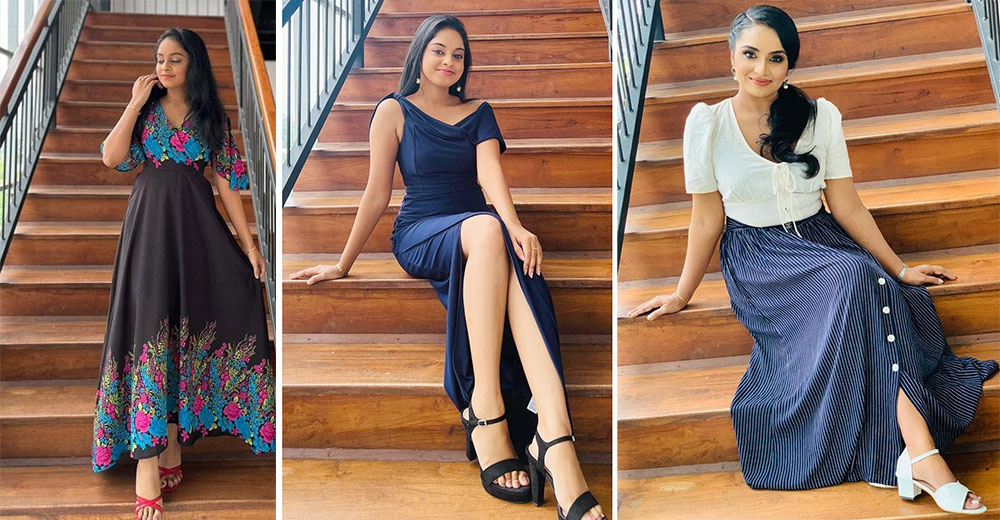
Nethara Collection ,is a world of export quality garments in Diulpitiya, Boralesgamuwa, is infused with an ultra festive spirit this season catering to the women of today. Unbelievable offers and discounts from Nethara for Sinhala anTamil new year. On selection of women’s clothing, ranges from casual options to formal occasion wear,all at friendly prices,to enhance your wardrobe this festive season.
Nethara collection, started small in 2017, but soon it outgrew, today with an ever increasing customer base, branded and non branded clothing this shopping centre has become very popular. Export quality , stylish dresses, crop tops, fancy blouses, trousers and many more to flaunt yourself and enhance your wardrobe.Their extensive collection, maintain low pricing allowing everybody to have a chance to shop till they drop dead. From casual wear to formal wear,they have women to men’s items like tee shirts, shirts for every occasion.
Nethara clothing has long remained a name that has struck a chord with Sri Lankan shoppers. “We believe our success has been based up on the premise that absolute sincerity towards customers and no matter what the economic situation that prevails, we try our level best to keep our prices low and within everybody’s budget, said managing director, Nethara Collection Sampath Kumara.
This April season Nethara collection brings an all new collection of export quality seasonal wear. Celebrate the season with exclusive offers made just for you! Dresses, blouses, casual, formal wear denim, men’s shirts and many more… world of limitless style and joy!
This festive season Nethara unwraps a celebration of warmth, style and sophistication. Immense yourself in a vibrant festive atmosphere as you explore thier collection under one roof 345 Boralasgamuwa With a focus on quality, affordability and customer satisfaction, Nethara export quality boutique invites you to celebrate the Sinhala and Tamil New Year in style.
(Zanita)
Life style
Sri Lanka tourism unveils strategic vision
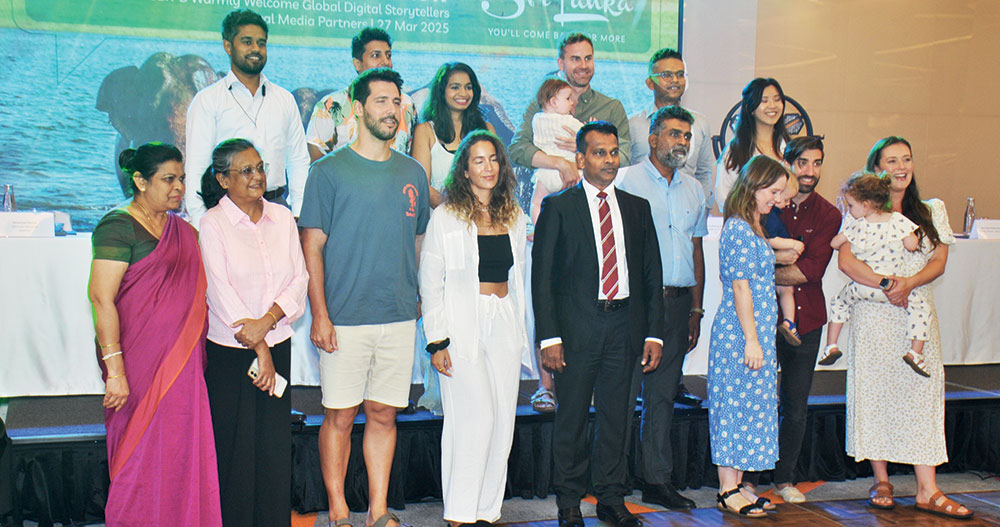
Sri Lanka Tourism Bureau hosted a landmark event at cinnamon Life for an ambitious campaign to spotlight Sri Lanka as a top travel destination. This initiative hosted international influencers and local media to capture the unique charm of Sri Lanka’s destinations. These travel influencers will share thier real time content across platforms like Instragrams Tik Tok and youtube amplifying Sr Lanka as a must visit destination. Many media personal, bloggers and influencers participated in this event which will take them on a tourism travel featuring some of Sri Lanka’s top destination.
Sri Lanka Tourism Promotion Bureau (SLTPB) hosted a landmark event at the Cinnamon Life Hotel, Colombo. The event was led by . Deputy Minister of Tourism, Prof. Ruwan Ranasinghe, with the participation of SLTPB Chairman Buddika Hewawasam, officials, travel influencers and their families, as well as journalists specializing in tourism sector reporting. The gathering set the stage for transformative initiatives aimed at bolstering Sri Lanka’s tourism sector and redefining its global image.
In his opening remarks, Buddika Hewawasam underscored the challenges facing the tourism sector, particularly the seasonal dip in arrivals during the summer months. “The next few years will be the most challenging period for all of us,” Hewawasam stated, emphasizing the need for international collaboration and strategic development. He further highlighted the critical role played by international travel influencers and media professionals in raising awareness of Sri Lanka’s hospitality and inspiring tourists worldwide to visit.
- Dileep Mudadeniya
- Deputy Minister of TourismProfess or Dr Ruwan Ranasinghe
- Guests
The Deputy Minister of Tourism, Prof. Ruwan Ranasinghe, detailed the innovative nature of the campaign and its importance in showcasing Sri Lanka’s rich heritage, natural beauty, and diverse travel experiences to mainstream and emerging tourism markets.
During the event, several prominent travel influencers shared their thoughts about Sri Lanka’s uniqueness as a destination. They highlighted that Sri Lanka is a country where travellers don’t need to worry about finding incredible experiences—nature has already done the hard work. The influencers remarked on Sri Lanka’s unparalleled diversity, noting that it is possible to experience a range of climates within just a few hours by travelling to different parts of the island. From sun-soaked beaches to misty highlands, and from lush forests to cultural treasures, Sri Lanka offers a world of adventures in a compact and accessible setting.
In comparison to destinations like Bali, which some influencers noted as overcrowded, Sri Lanka stands out with stable and balanced tourism activities. The event attendees were thrilled by the country’s warm hospitality, authentic DDirector cuisine with an impressive variety, long history, and rich culture. These qualities make Sri Lanka not only inviting but genuinely unforgettable for visitors.
The travel influencers in attendance expressed strong confidence in their ability to share this powerful message with the world. They were determined to shape international travel trends by showcasing Sri Lanka’s unique appeal, while also helping to attract new types of guests. The influencers represented a diverse range of travel segments, including family travellers, solo female travellers, honeymooners, and adventure seekers. Their efforts were supported by Sri Lanka Tourism officials and journalists representing both local and international media agencies.
The ‘Sri Lanka, A Story for Every Season’ campaign represents SLTPB’s first large-scale effort to boost summer travel through digital storytelling and influencer collaboration.
Featuring a curated destination familiarization tour, the campaign will spotlight wildlife safaris, cultural heritage, spiritual pilgrimage sites, scenic landscapes, and adventure tourism. Influencers will produce high-impact content for platforms like Instagram, YouTube, and Facebook, reaching over 2.2 million travel enthusiasts globally.
Sri Lanka Tourism shared impressive winter peak season results, with international arrivals reaching 665,295 by March 23, 2025—a marked increase compared to the previous year. These figures illustrate the sector’s potential for growth, and the campaign aims to sustain momentum throughout the summer months.
The event was a call to action for stakeholders to unite in elevating Sri Lanka’s global tourism appeal. With plans to generate over LKR 32 million worth of media coverage and connect with diverse travel segments, the campaign underscores Sri Lanka’s commitment to redefining itself as a leading destination for year-round travel.
By Zanita Careem
Pix by Darmasena Welipitiya
-

 Business3 days ago
Business3 days agoColombo Coffee wins coveted management awards
-

 Business5 days ago
Business5 days agoDaraz Sri Lanka ushers in the New Year with 4.4 Avurudu Wasi Pro Max – Sri Lanka’s biggest online Avurudu sale
-
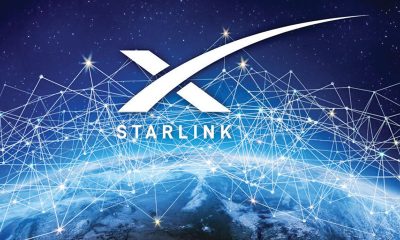
 Features4 days ago
Features4 days agoStarlink in the Global South
-

 Business6 days ago
Business6 days agoStrengthening SDG integration into provincial planning and development process
-

 Business5 days ago
Business5 days agoNew SL Sovereign Bonds win foreign investor confidence
-
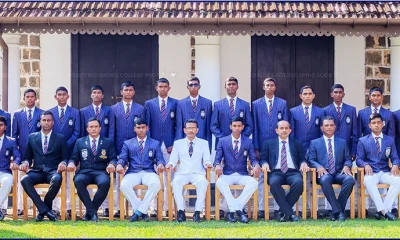
 Sports7 days ago
Sports7 days agoTo play or not to play is Richmond’s decision
-
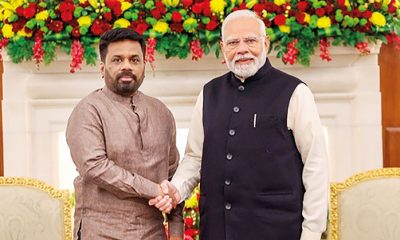
 Features4 days ago
Features4 days agoModi’s Sri Lanka Sojourn
-
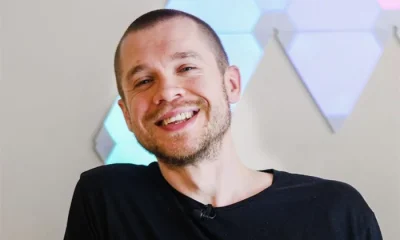
 Midweek Review14 hours ago
Midweek Review14 hours agoInequality is killing the Middle Class


